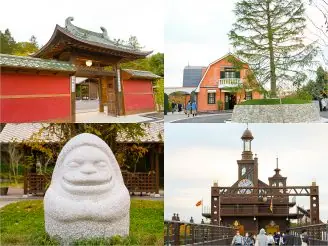Table of Contents
A retro town Arimatsu is known for its Arimatsu Narumi shibori (tie-dyeing).The old streets of the Tokaido road still remain and have been designated as Nagoya City's Machinami (townscape) Preservation District. The townscape is full of atmosphere, as if you have time-traveled back to the Edo period, and is recommended for a stroll.
Today, we will introduce a recommended tour to enjoy the history and culture of Arimatsu.
Arimatsu, Well Known for its History and Tie-dyeing
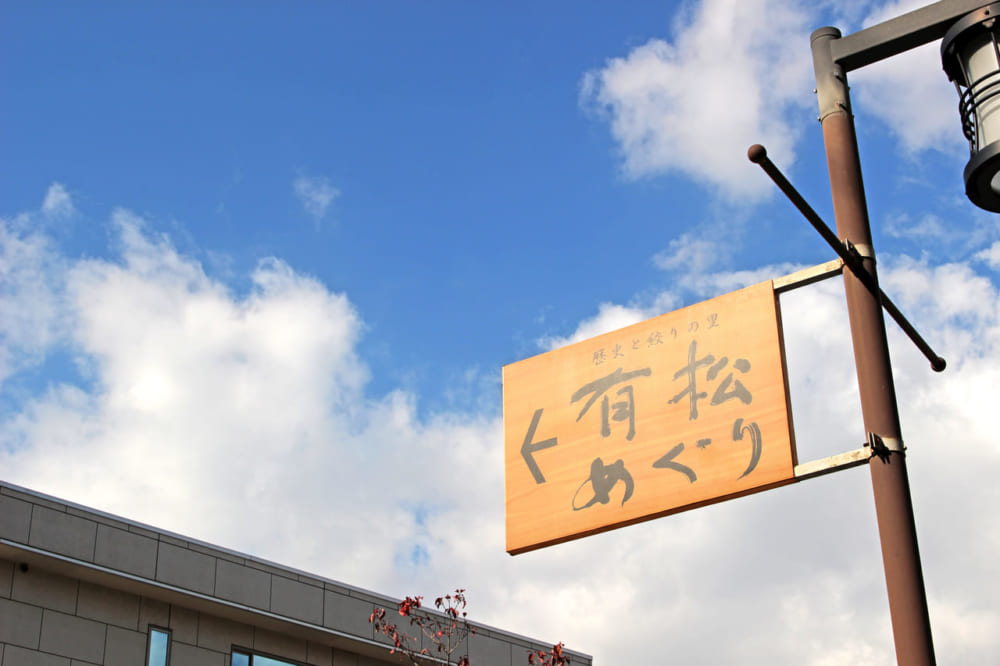
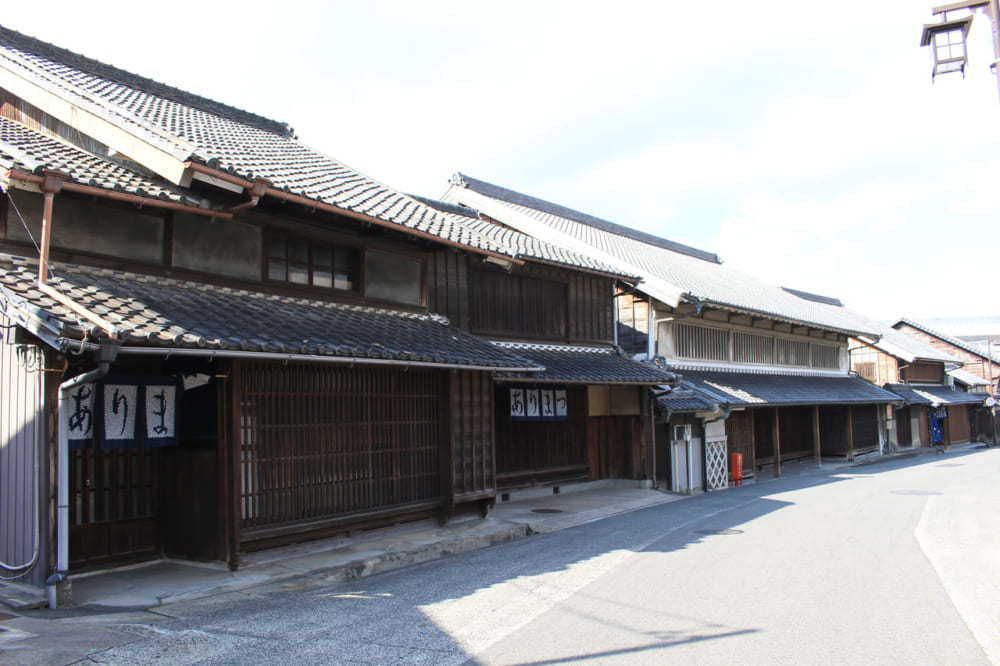
 From private homes to post offices, Arimatsu shibori "noren" (curtains) were hanging from the eaves.
From private homes to post offices, Arimatsu shibori "noren" (curtains) were hanging from the eaves.
Arimatsu was established in 1608 by the Owari Clan between Narumi and Chiryu on the Tokaido connecting Edo and Kyoto. "Arimatsu Narumi Shibori" was invented as a souvenir for travelers coming and going along the Tokaido road, and Arimatsu has developed along with the shibori ever since.
However, most of the houses were destroyed by a large fire in 1784. After that, the townscape was transformed into a grand machiya (Japan's traditional townhouses) townscape with plastered wall and roof tiles in preparation for the fire. In 2016, the area was selected as a national Important Preservation District for Groups of Traditional Buildings, and its beautiful streetscape can still be seen.
Learn the history at the Arimatsu-Narumi Shibori Kaikan

The first place you should visit when exploring Arimatsu is the Arimatsu-Narumi Shibori Kaikan, a 5-minute walk from Arimatsu Station on the Meitetsu Line. This facility exhibits the history and techniques of Arimatsu shibori in an easy-to-understand manner through materials, videos, and demonstrations.
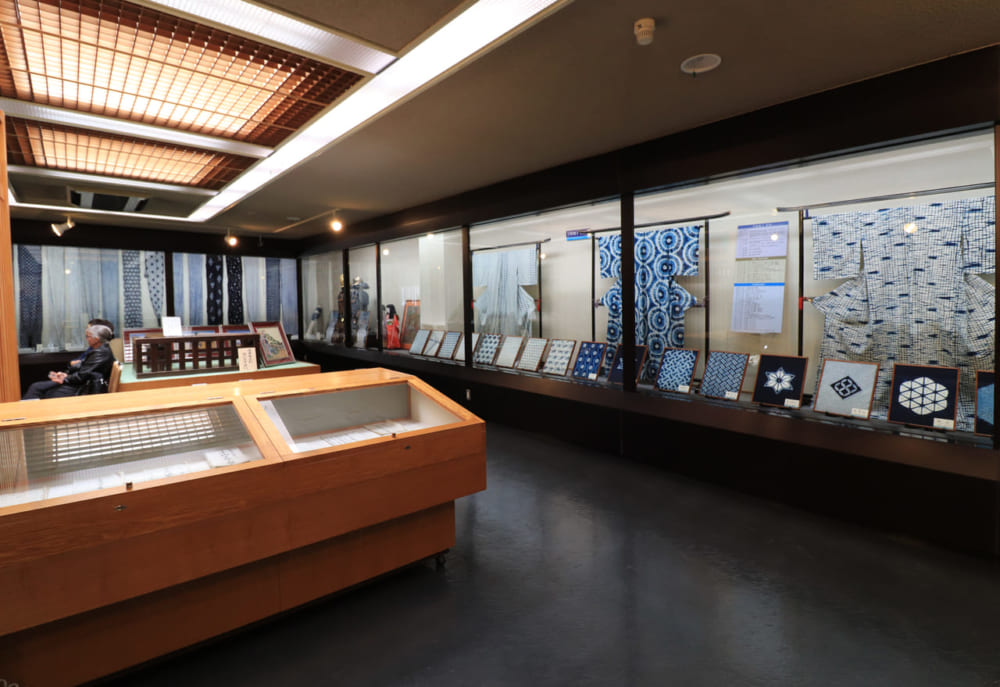 2nd Floor Exhibition Room
2nd Floor Exhibition Room
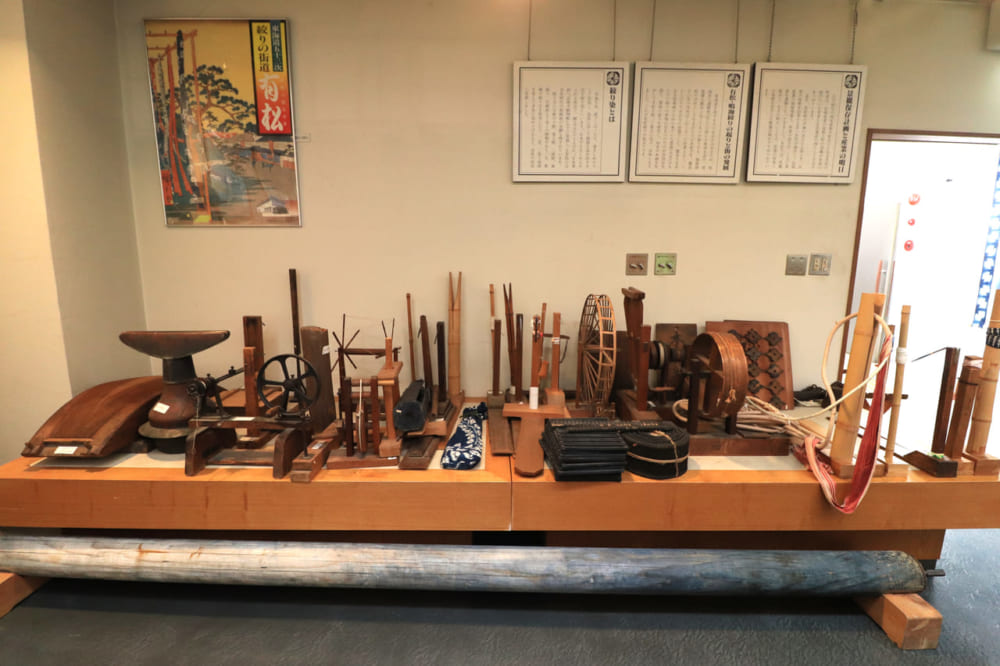 Tools used for shibori
Tools used for shibori
In the exhibition room on the second floor, the history and techniques of Arimatsu shibori are explained in an easy-to-understand manner.
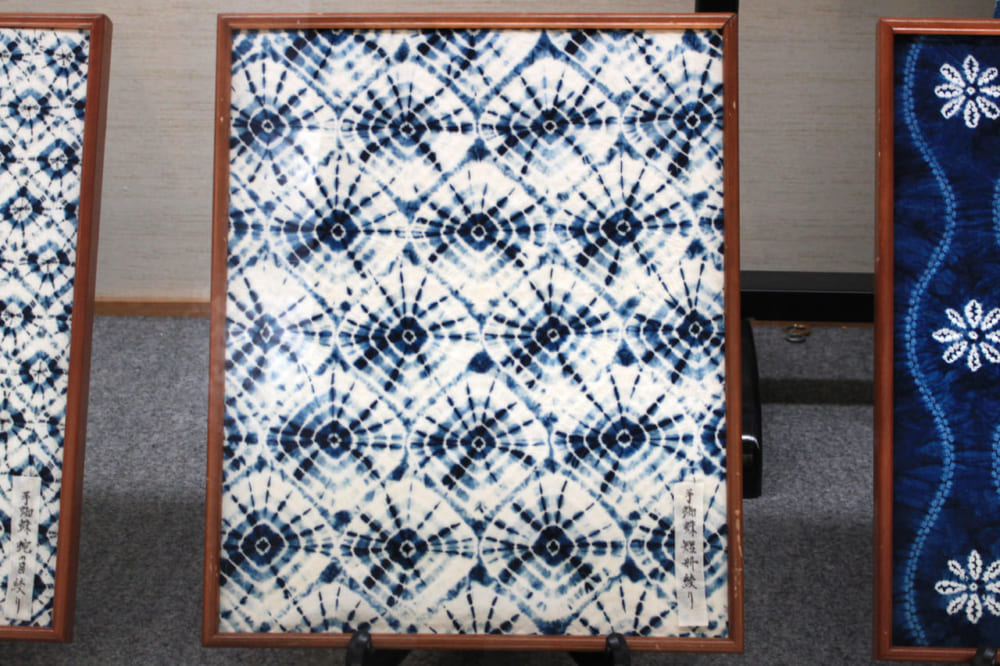
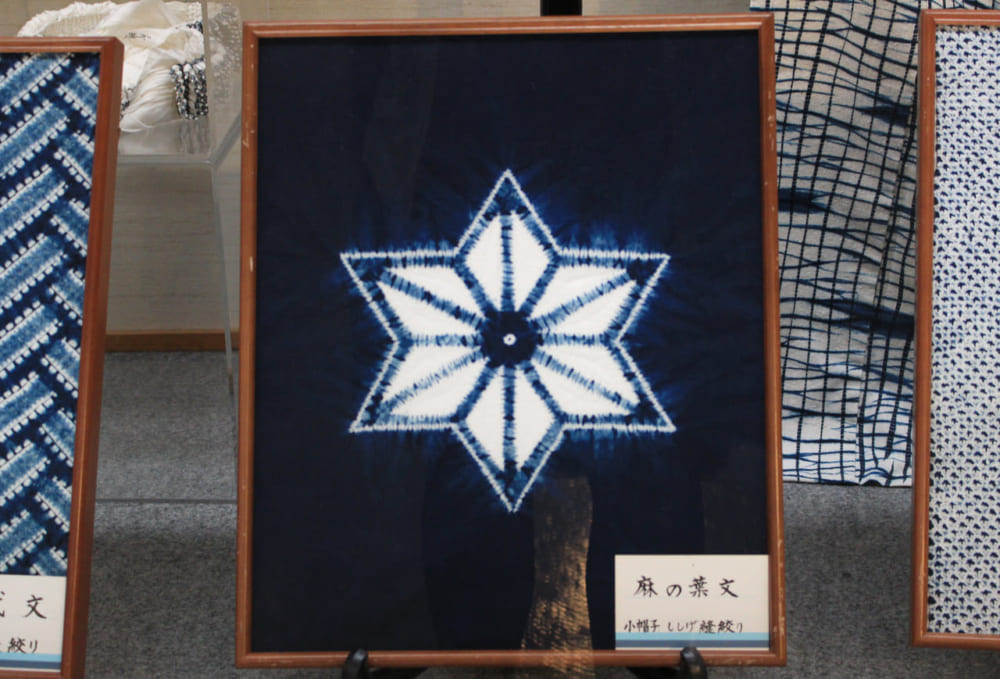
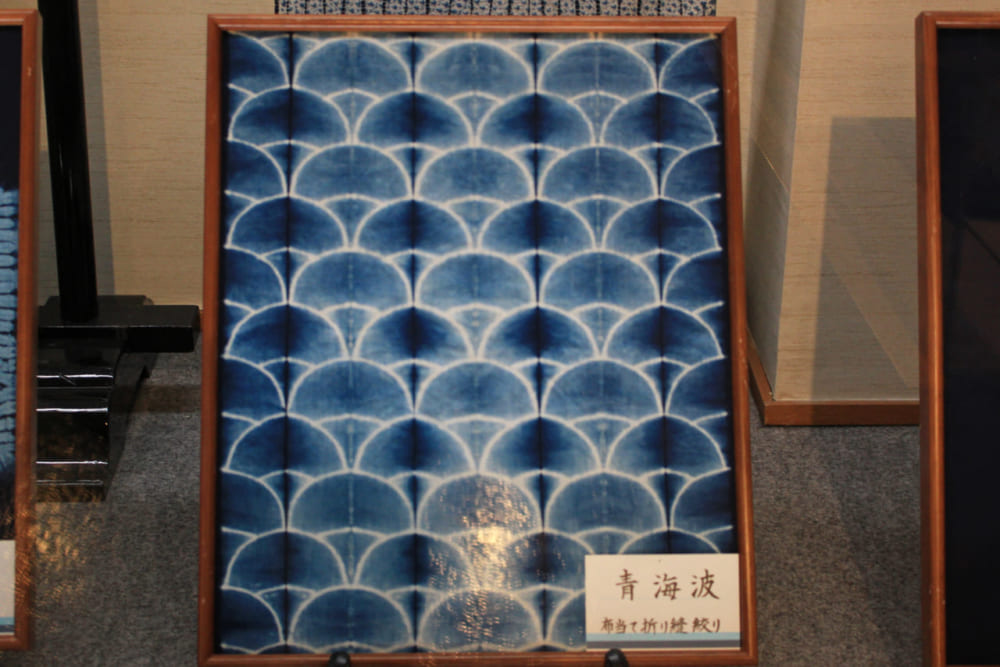
Arimatsu Narumi shibori is characterized by the abundance of techniques. The number of techniques has been declined to about 70 at present, but in its heyday there were more than 120 different techniques. Of all the tye-die techniques in the world, only Arimatsu shibori has such a wide variety of techniques. Another feature of Arimatsu shibori is that each craftsman has his/her own techniques. For each technique, there are different tools used.

The most attractive point of the Arimatsu Narumi Shibori Kaikan is that visitors can observe a shibori demonstration. It is a rare opportunity to hear directly from the shibori makers. You can see a variety of shibori techniques in action, such as "Awase-stitch," "Hishaki-stitch," "Spider stitch," etc., depending on the day.
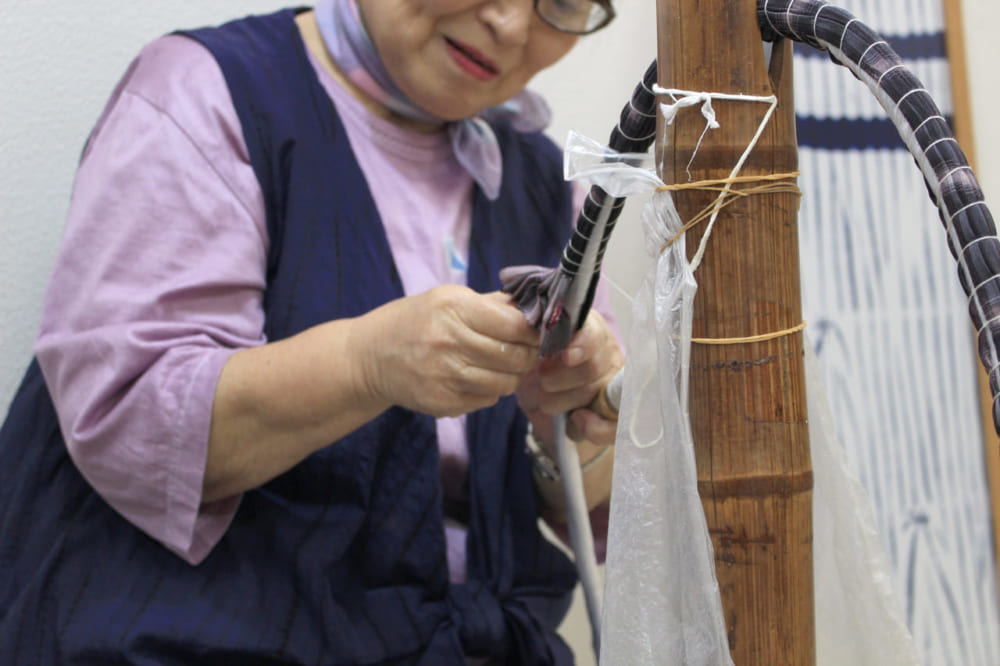
Ms. Kiyoko Matsuoka, a traditional artisan, showed us a technique called "Tornado shibori". The finely pleated fabric is wrung out on the counter. The pattern changes depending on the way the thread is wound.


Sachiko Fukaya, a neighbor, showed us a technique called "tsukidashi kanoko shibori". She showed us how to wrap the thread around the needle carefully.
In this technique, the cloth is placed over the wire at the head of the stand, the needle is slid over it, the grain is hooked and lightly wrapped once with thread. And at the second wrap, the root is stopped with a hard "kamosage" knot.
While talking, the two of them did not stop their hands at all. They also told us about the history and culture of Arimatsu.
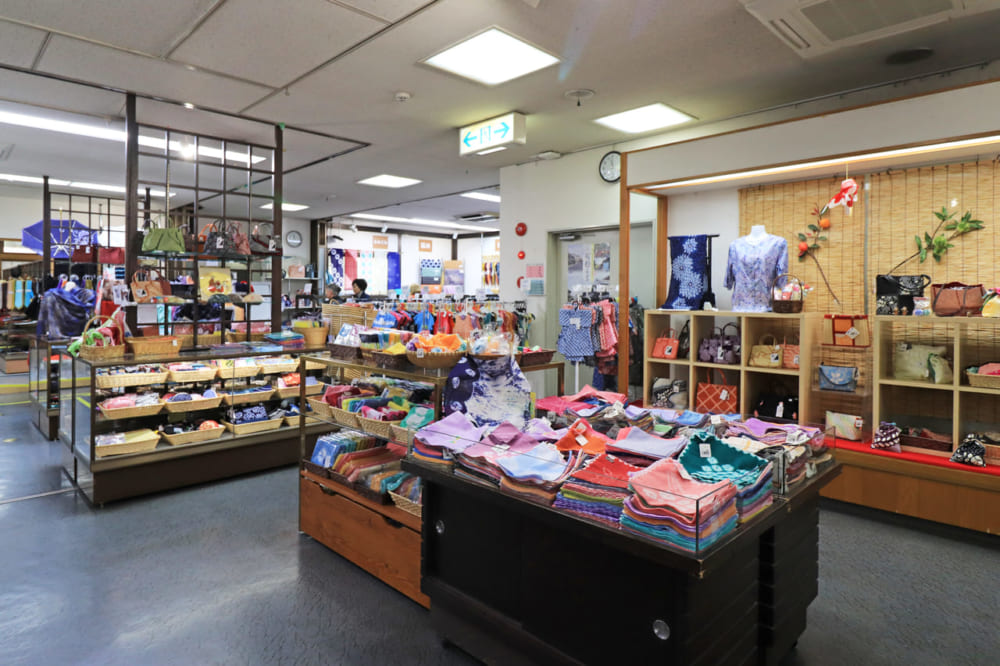
The first floor is a store where shibori kimonos and handkerchiefs can be purchased. There are also a wide variety of small items that can be purchased at reasonable prices, and are recommended as souvenirs.
【有松・鳴海絞会館】
住所 :愛知県名古屋市緑区有松3008番地
電話番号 :052-621-0111
営業時間 :9:30~17:00(実演は16:30まで)
Stroll Through the Streets of Tie-dye Wholesalers

After learning about the history and culture of Arimatsu, it is time to start exploring!
Along the Tokaido road in Arimatsu, traditional buildings with distinctive features such as Japanese tile roofs with udatsu (firewalls), nurigome-zukuri (plaster wall), and mushiko-mado (window with an ultra-fine lattice) can be seen form the streetscape.
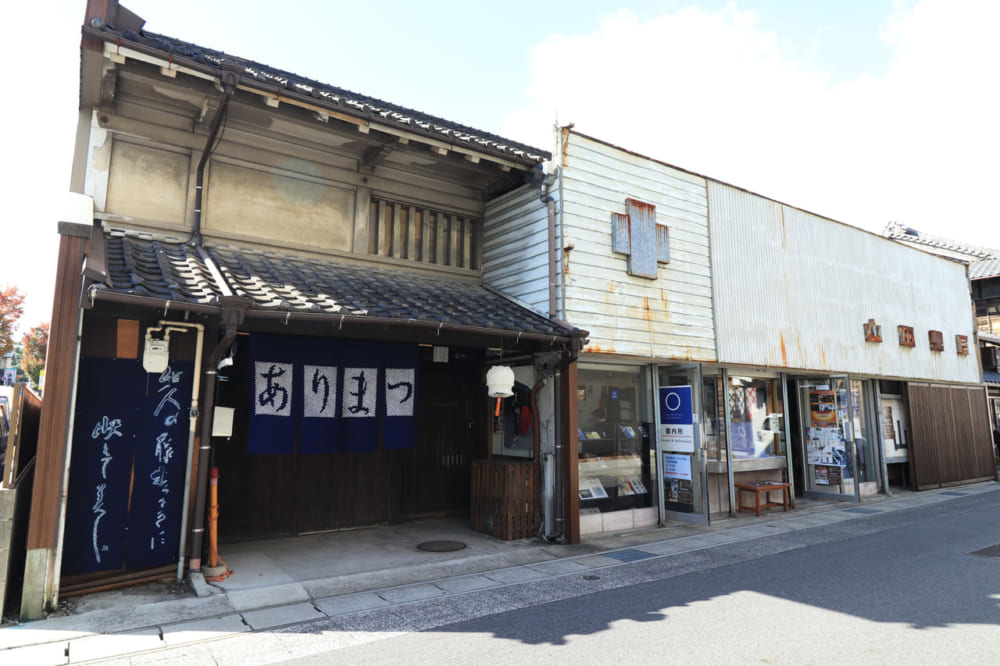
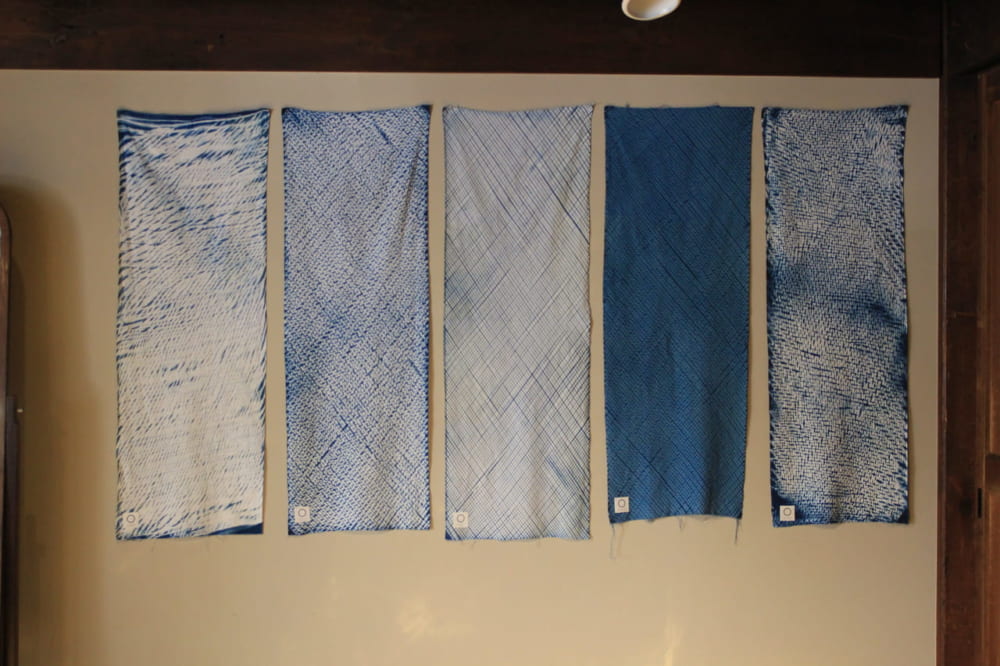
If you are exploring Arimatsu for the first time, please visit this tourist information center. We were told about the highlights of the area and recommended routes. Inside the building, there is an exhibition of works by Yoshihide Hayakawa, who revived the "Arashi Shibori" technique, in which a thin diagonal tie pattern appears like rain during a storm.
Takeda Kahei Shoten (Takeda Family Residence)
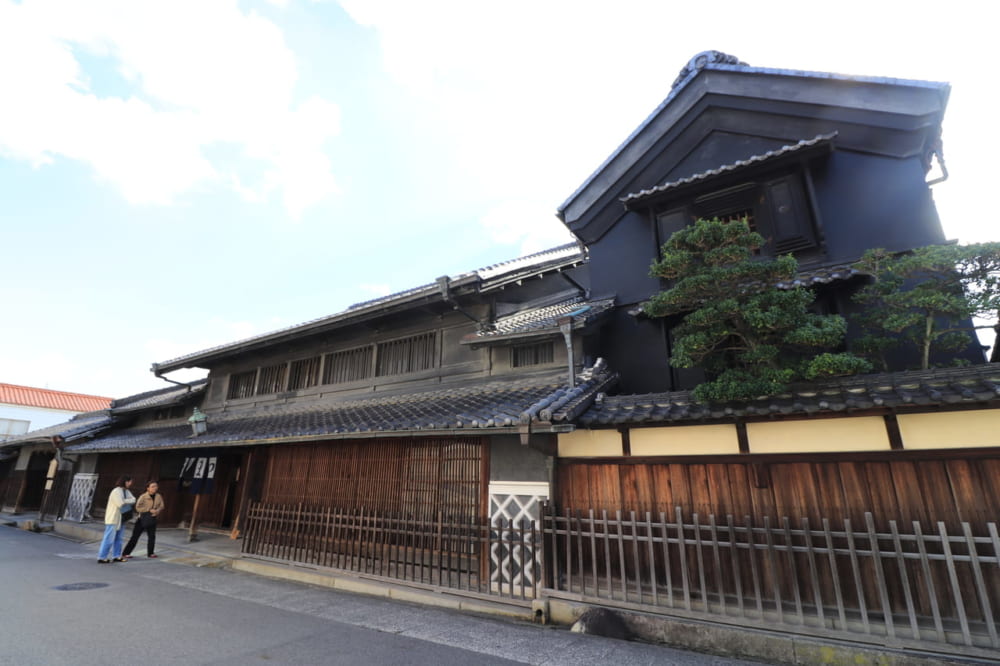
First, let's go to "Takeda Family Residence" located about 50 meters east on the old Tokaido Highway.
The Takeda family has a history of over 300 years and is one of the representative buildings of the old Tokaido road. It consists of one main building, three warehouses, a tea ceremony room, and a 26-tatami-mat shoin-style tatami room. It is a typical structure of an influential merchant. Today, the it is known as "Takeda Kahei Shoten" and is engaged in the manufacture and wholesale of Arimatsu shibori.
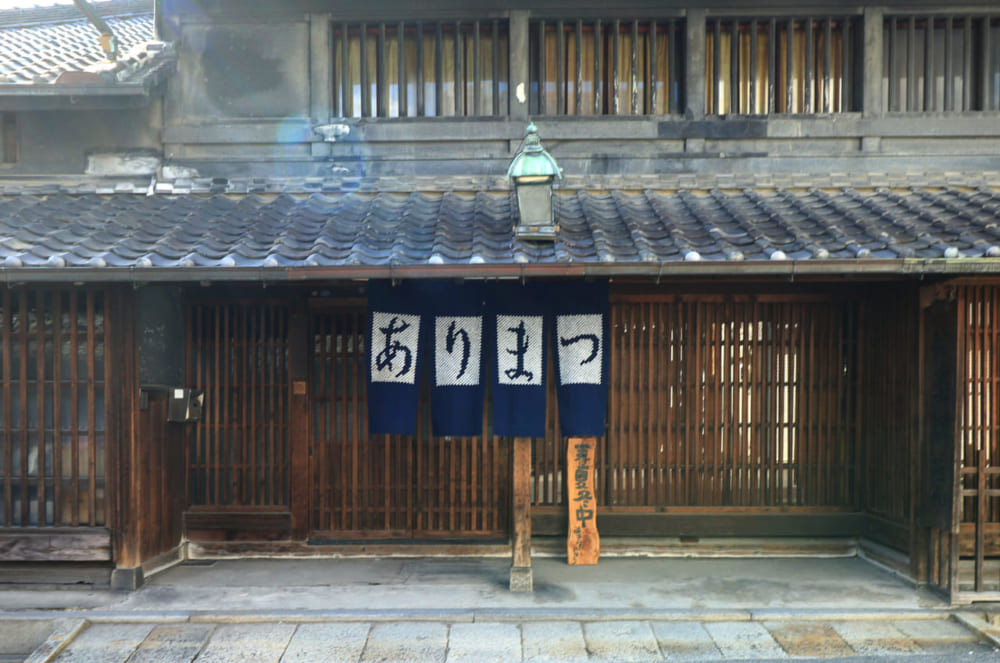 The "Nagayamon" on the main house side, where family members and vendors enter and exit. There are separate entrances for the guests.
The "Nagayamon" on the main house side, where family members and vendors enter and exit. There are separate entrances for the guests.
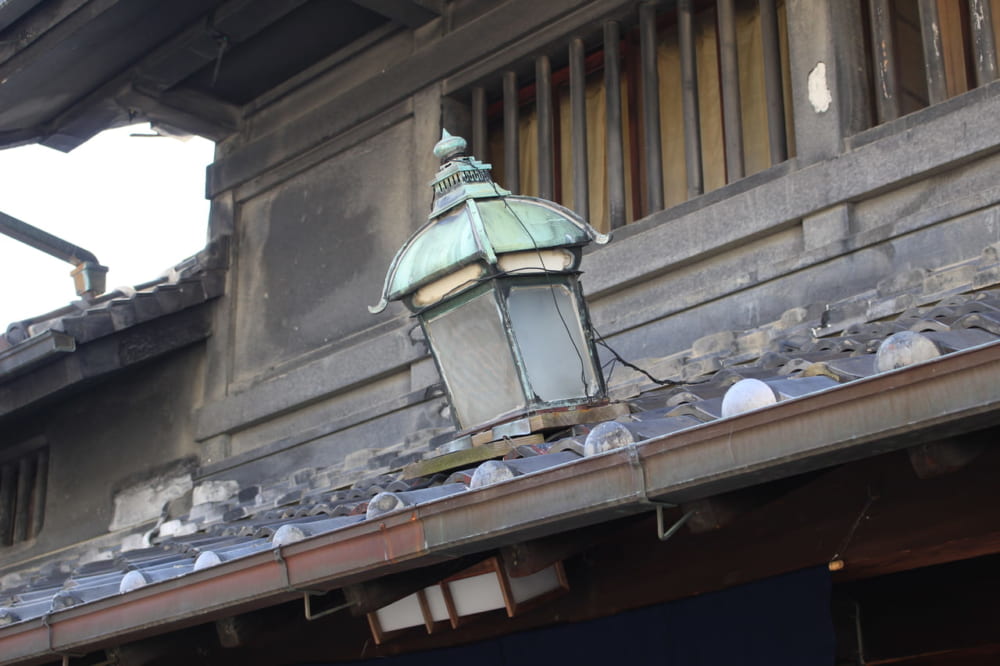 Remnants of gas lamps from the Meiji period
Remnants of gas lamps from the Meiji period
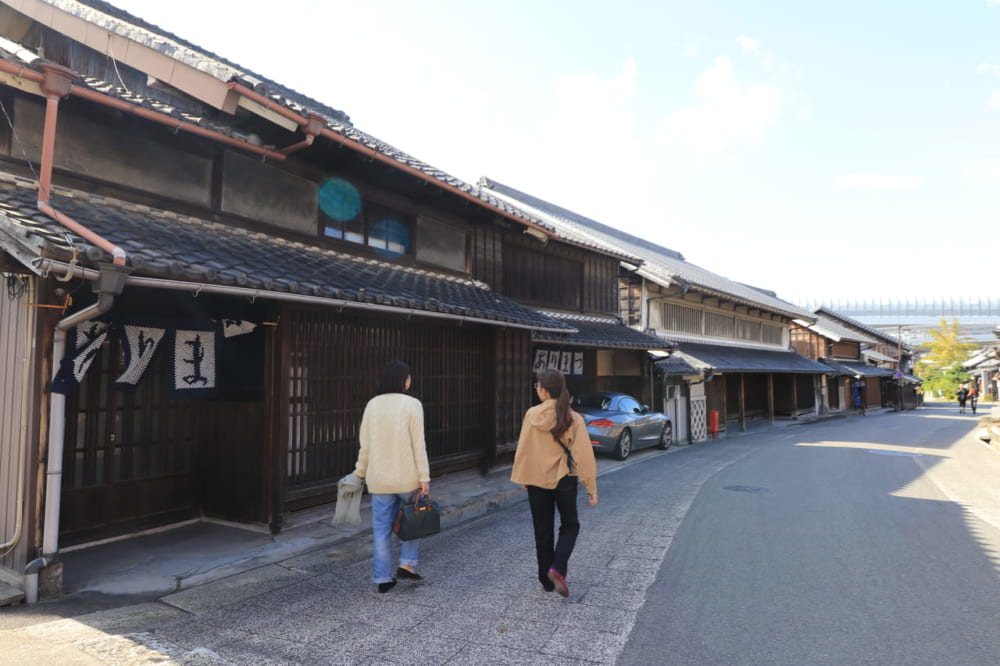
As you stroll through the town, you will notice that the openings of the buildings are all large.
In the Edo period, taxes were determined by the size of a house's frontage, so townhouses with "eel beds" (buildings with a narrow frontage and deep depth) were the norm. In Arimatsu, however, the frontage of each house is very wide because of the preferential tax treatment.
Oka-ke Residence
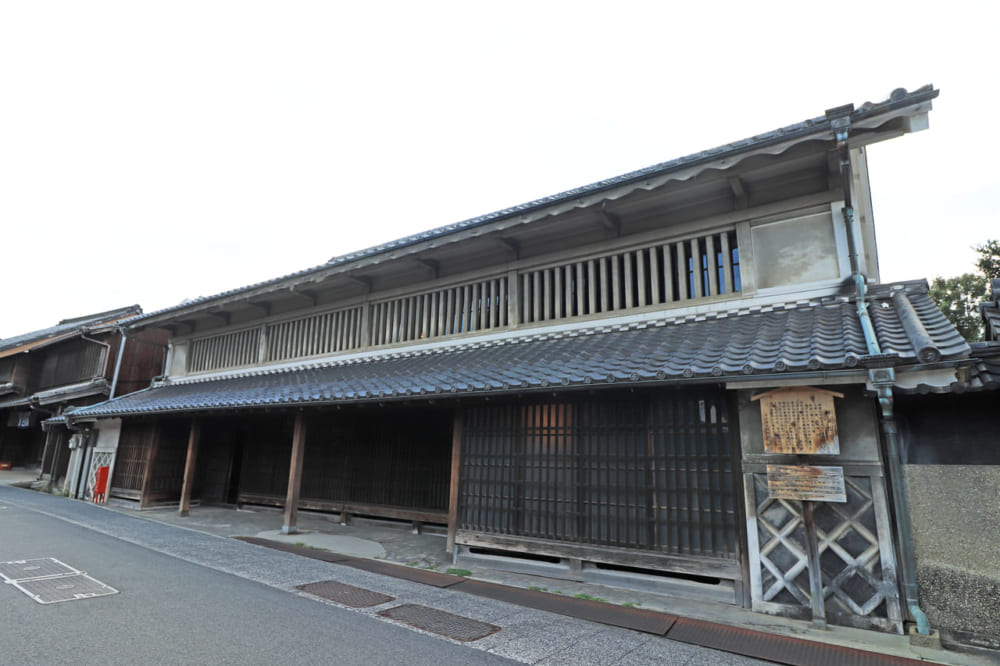

The Okake Residence, built in the late Edo period, is the largest single building in Arimatsu, and features a wavy Nurigome-zukuri design, in which the building materials under the second floor eaves are plastered and hardened, similar to the design seen at Nagoya Castle. The interior is currently closed to the public.
Kozuka-ke Residence
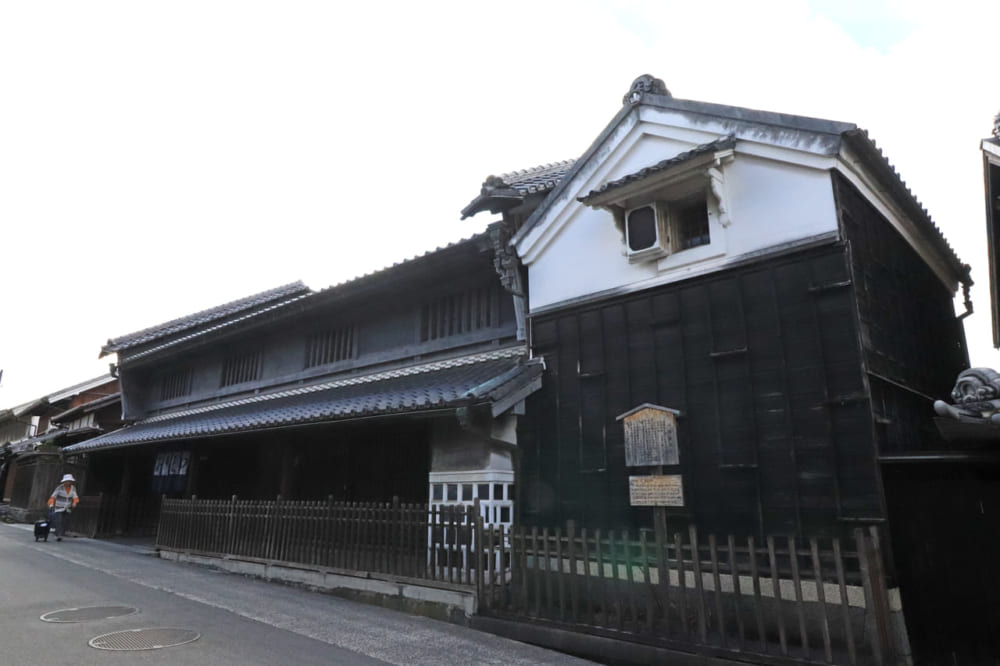
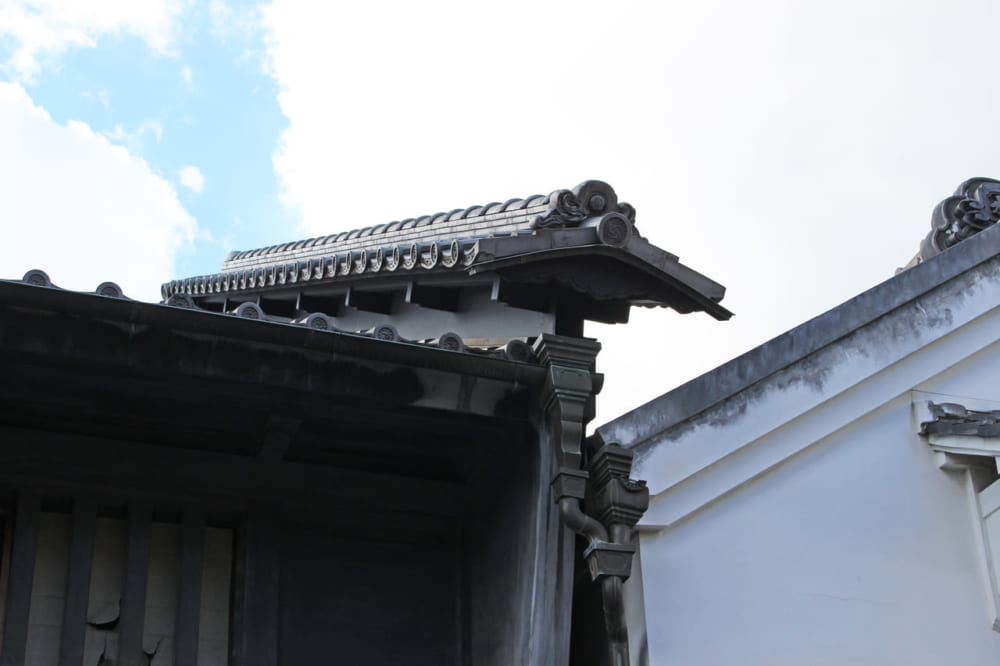
The Kozuka family moved to Arimatsu during the Kanbun era (1661-1673) and operated a tie wholesaler under the store name Yamagata-ya until the Meiji era. One of the features of this house is the "udatsu," which is rare in Arimatsu. Udatsu are firewalls attached to the roofs of Japanese houses. Although its original purpose was to prevent fire, it also has a decorative meaning.
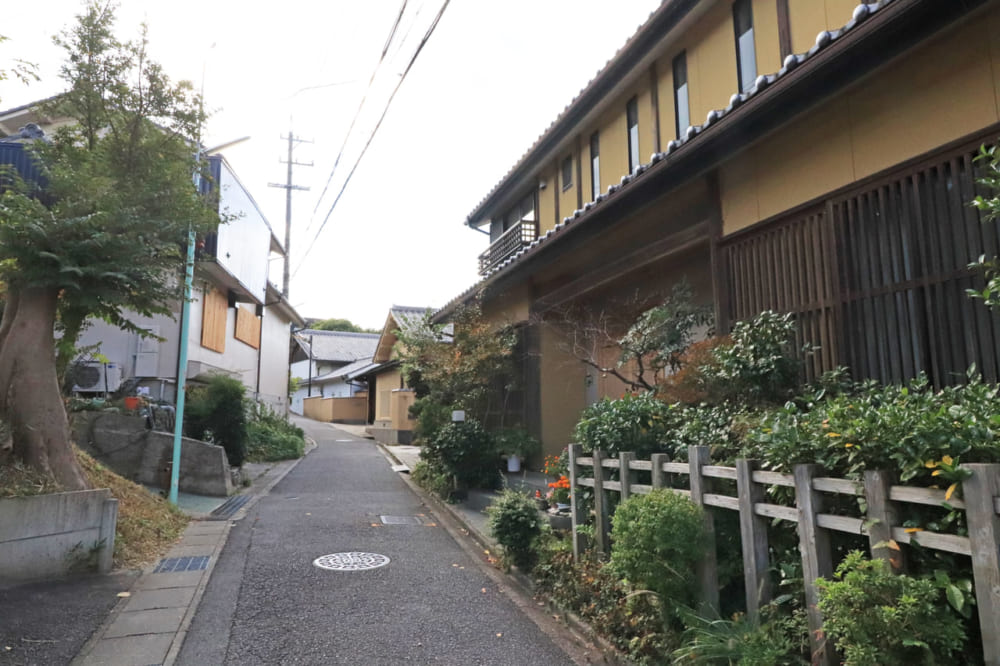
The person at the tourist information center recommended that I should definitely walk along the back roads, so I went to the east side of the city through the back roads. The area around the old Tokaido road is designated as a traditional building preservation district and a townscape preservation district, so many ordinary houses are tastefully decorated, making it ideal for a stroll.
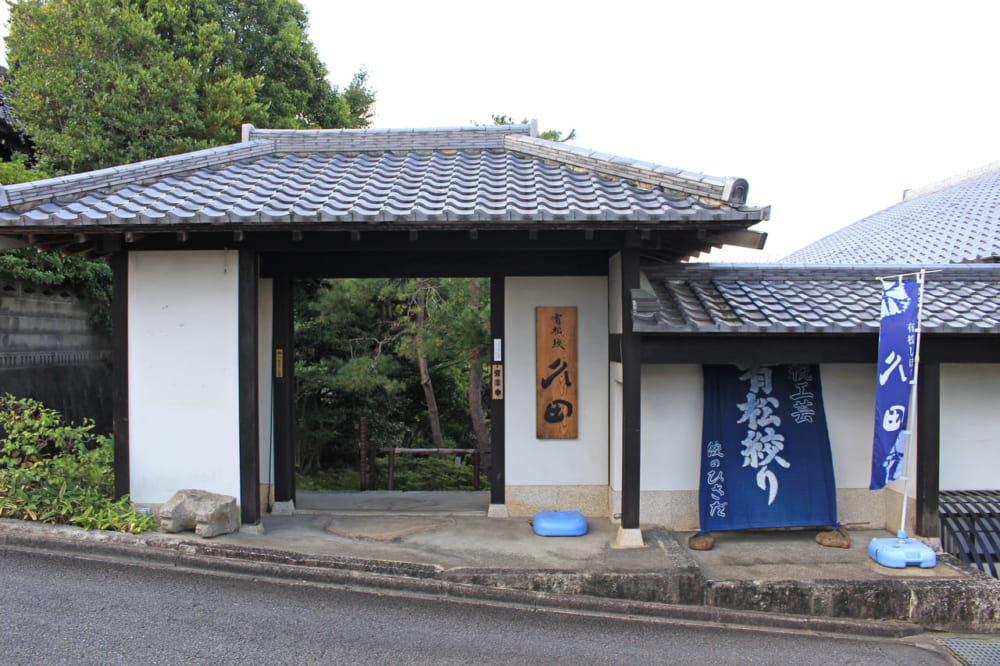
Walking along a back street, I found a store selling Arimatsu shibori.
"Arimatsu Shibori Hisada Honten" has continued to produce products that incorporate new designs while continuing to carry on tradition. The store is constantly developing designs that express the "current era" while inheriting tradition. Popular products include towels with excellent absorbency made with the "roll-up shibori technique," which can produce a variety of patterns, and colorful clasps.
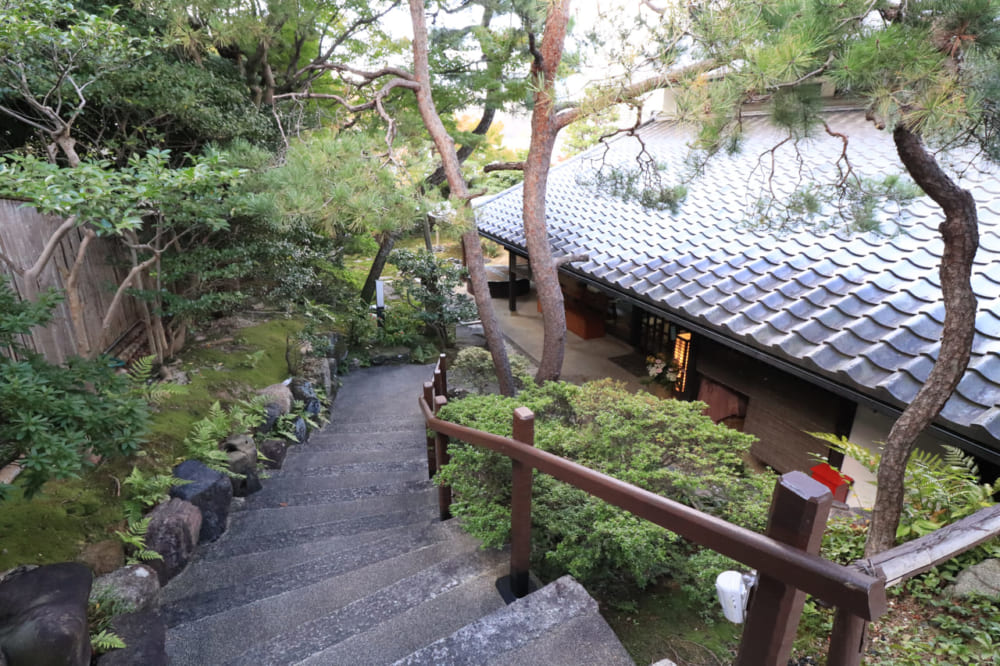 Passing through the gate, one is greeted by a lush Japanese garden.
Passing through the gate, one is greeted by a lush Japanese garden.
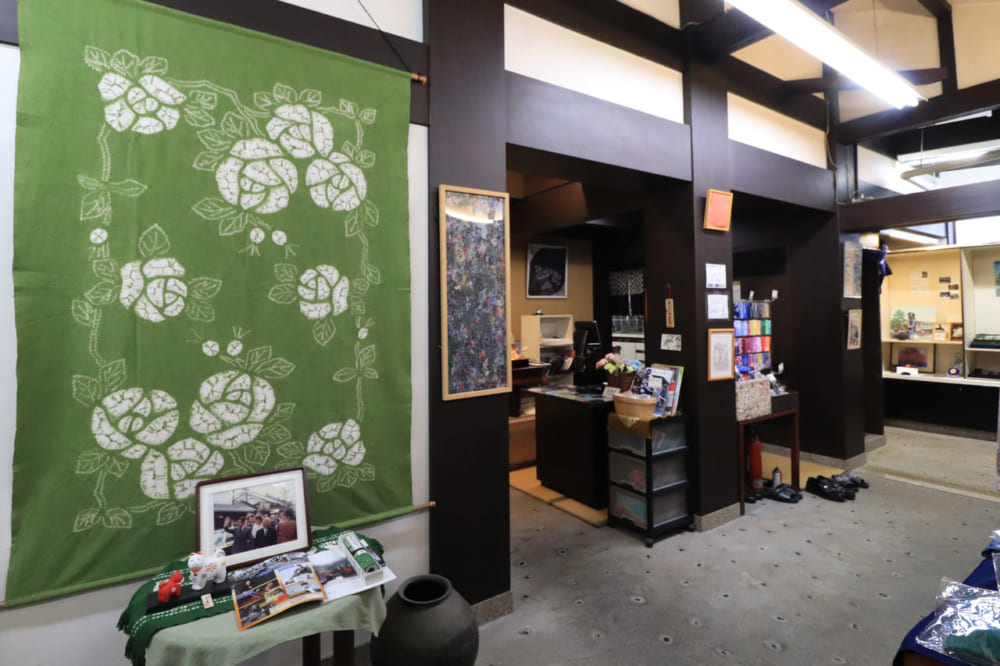
Inside the Arimatsu Shibori Hisada Honten

Now let us go to the east side of the old Tokaido road!
Nakahama-Ke Residence
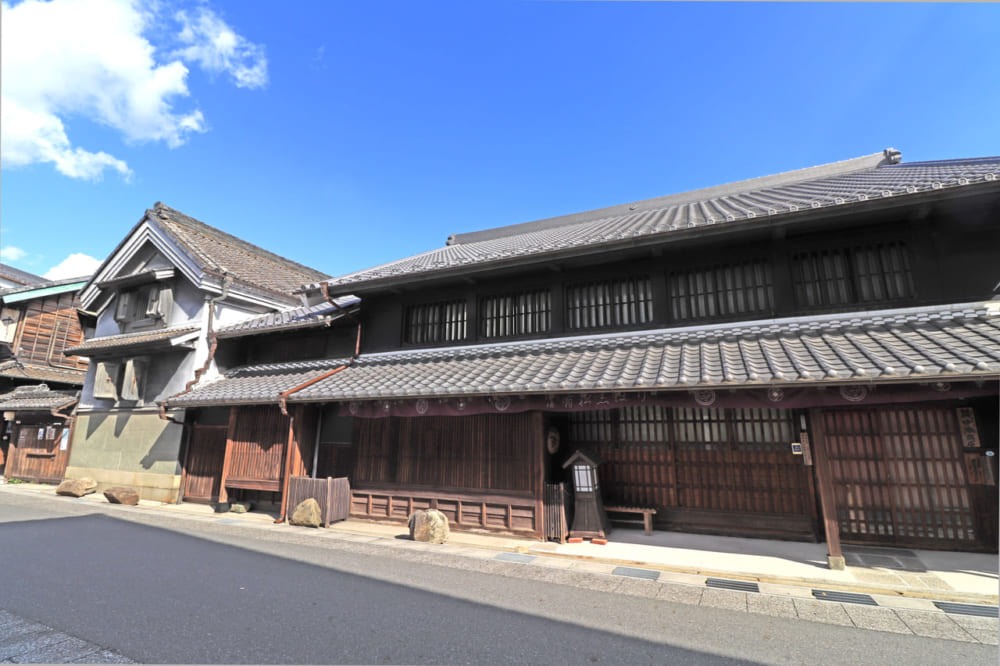
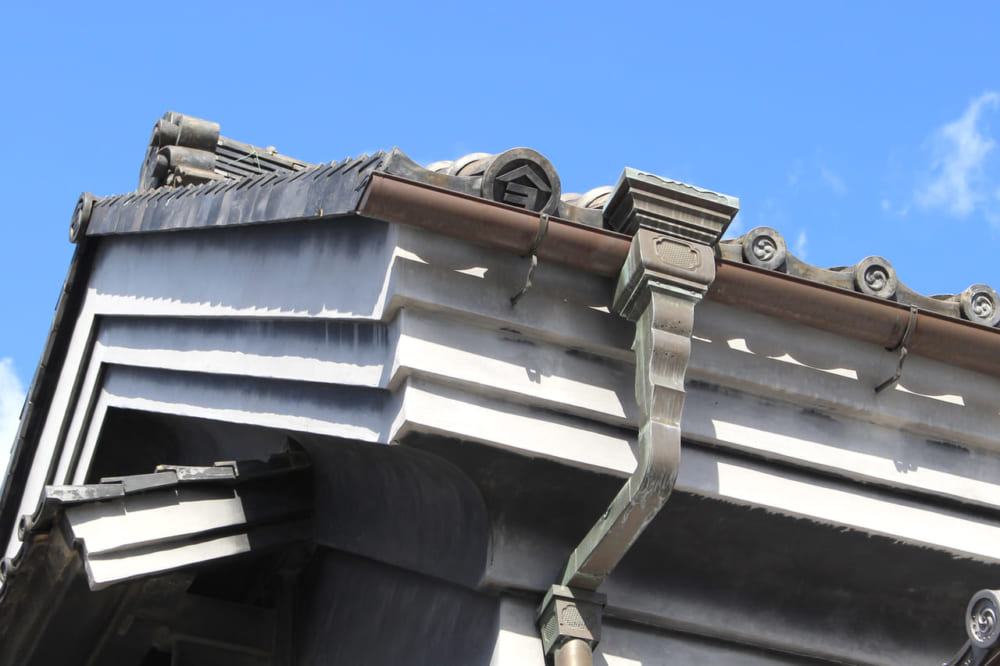
The building was originally owned by the Yamada Yokichiro family, a shibori merchant, but since 2004 (Heisei 16), it has been used by the Nakahama family. The "Yamayo" mark on the eaves tile of the storehouse is a remnant of those days.
Hattori-Ke Residence (Igetaya)
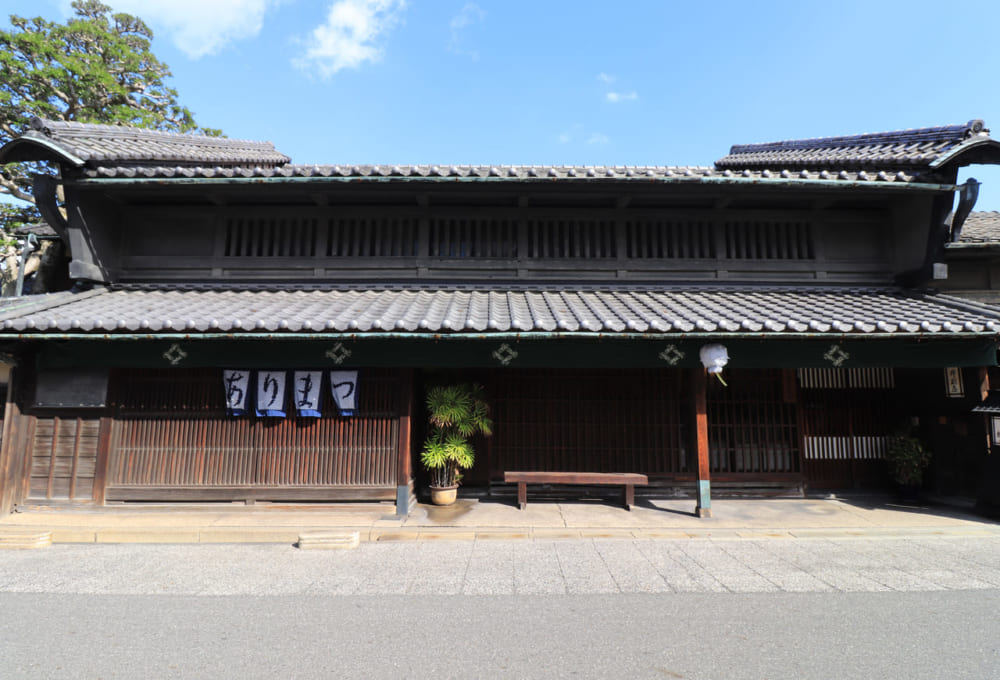
The Hattori family (Igetaya) was a shibori merchant founded in 1790 (Kansei 2), and the site has the largest frontage in Arimatsu at about 45 meters. Many of the buildings, which were maintained from the end of the Edo period to the Meiji 30s, remain to nowadays.

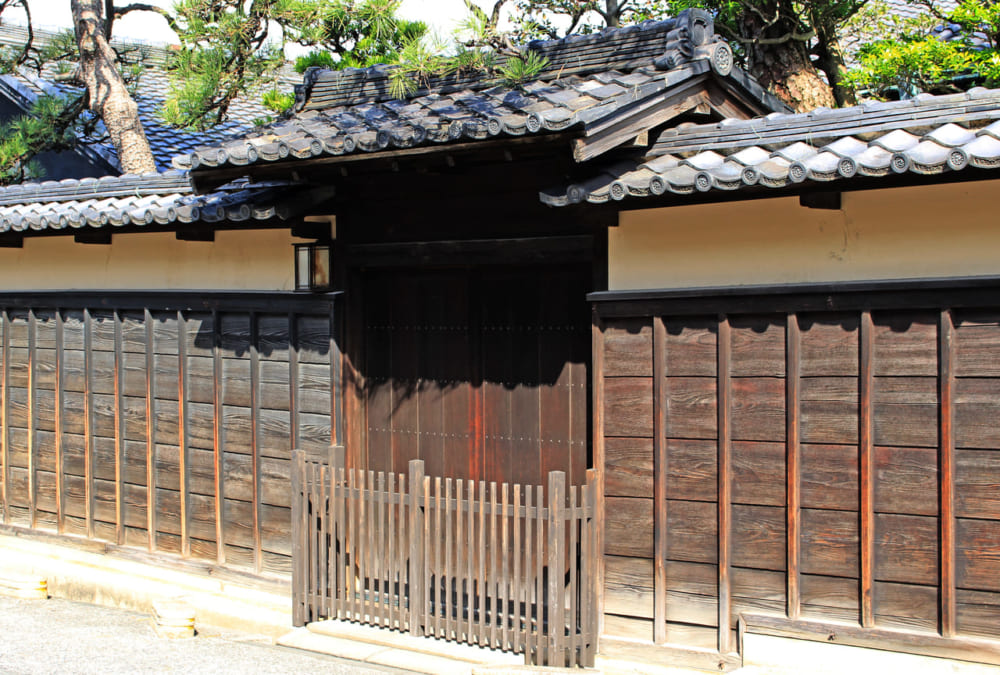
In addition to those introduced here, many other traditional buildings, including the main building of a shibori merchant, remain and offer a glimpse into the days when Arimatsu Shibori prospered.
Recommended Arimatsu Shibori "Mari-momen"
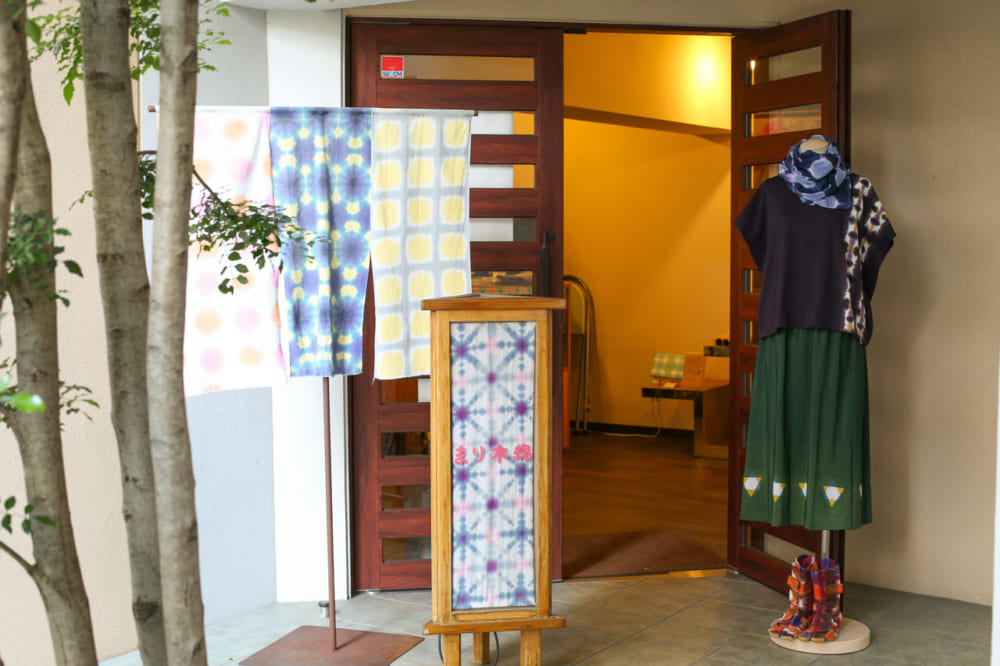
Finally, we would like to introduce the Arimatsu Narumi Shibori "Mari-momen" recommended by Life Designs Editorial Team.
Unlike the conventional image of Arimatsu shibori, Mari-momen is an Narumi shibori brand that is very popular among ladies for its lovely patterns such as flower patterns and polka dots, and colorful colors. With the motto, "Tradition is not to be 'appreciated' but to be 'used' continuously," the brand uses unprecedentedly free colors and ideas to create products that are close to daily life.
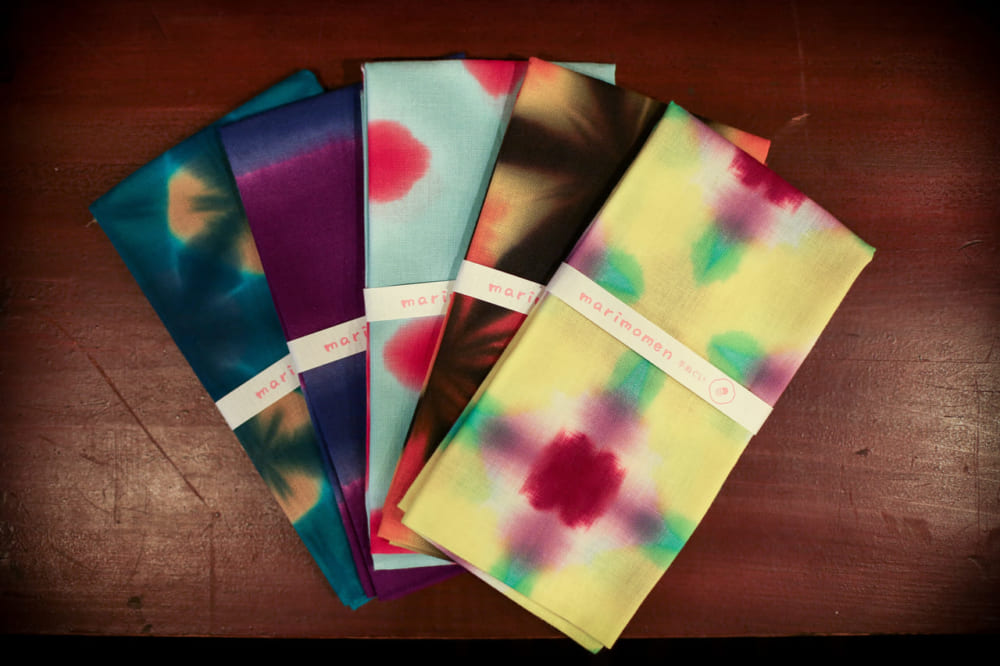 Two sizes: Regular size ¥1,642 (tax included) / Hime-length size ¥929 (tax included)
Two sizes: Regular size ¥1,642 (tax included) / Hime-length size ¥929 (tax included)
Tenugui (hand towel) is the most popular product of marimomen. The Ise cotton used for tenugui hand towels is made by a weaving company in Mie Prefecture, "Usui Shokufu Co". Each tenugui is carefully dyed and beautifully crafted, and is available in a wide variety of colors. Each pattern has its own name, which is also an attractive feature.
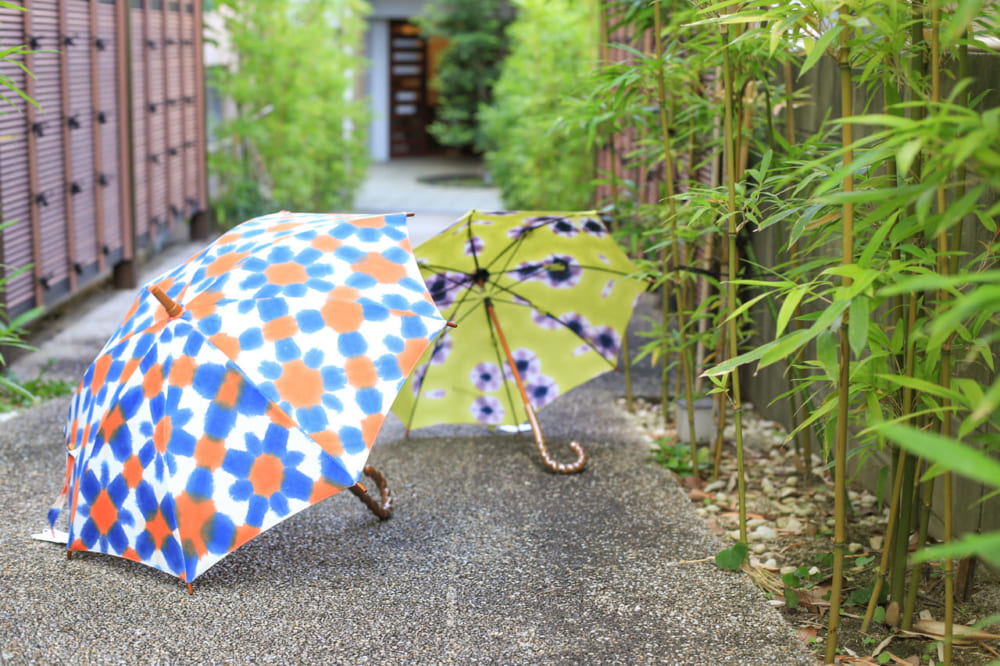 ¥19,440 each (tax included)
¥19,440 each (tax included)
This parasol is a new item for 2018. The point is that each one has a different pattern. It is an item you will be proud to show off when you have it. The wooden handle is twisted, which is also very cute.
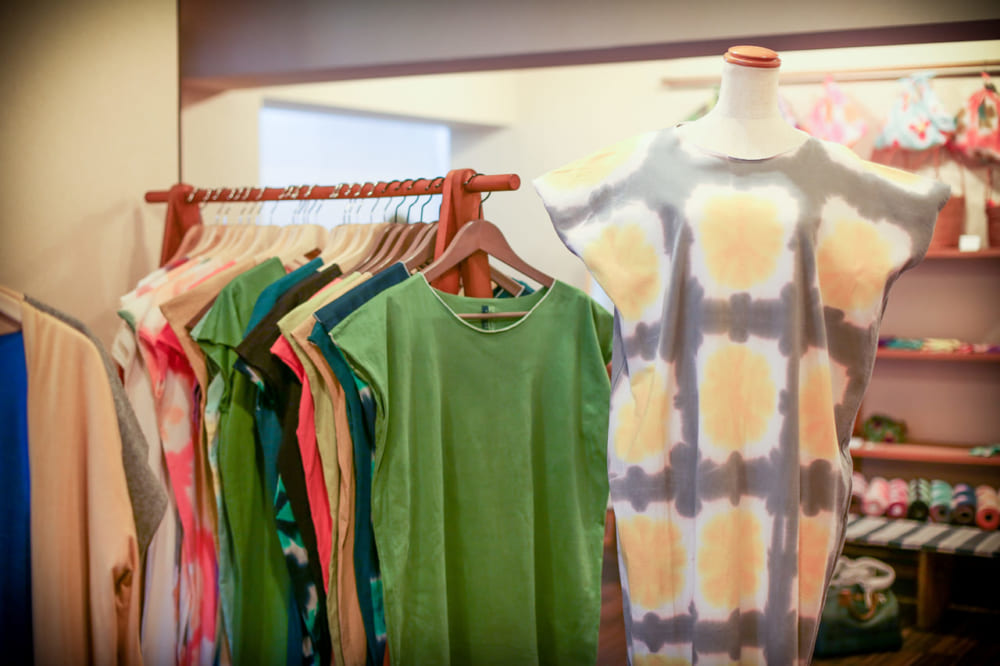
¥9.612 each (tax included)
Shibori clothing is one of the recommended items. Even though the shape is the same, it looks completely different with a different pattern atmosphere. There are those in which the entire surface is shibori and those in which shibori is used only in part, so please try to find your favorite piece.
[Mari-momen]
Address: 1901 Arimatsu, Midori Ward, Nagoya City, Aichi Prefecture 458-0924
Business hours: 10:00-18:00
Closed: Tuesdays and Wednesdays
http://marimomen.com/▼Click here for articles on Mari-momen
https://life-designs.jp/webmagazine/marimomen/

Despite its location in Nagoya City, Arimatsu still retains the atmosphere of the Edo period. Arimatsu is the perfect place for a short trip to learn about the history and explore the buildings. Although we were unable to introduce them here, there are cafes and bakeries in renovated old private houses, as well as guesthouses in renovated machiya townhouses. Arimatsu is a 20-minute train ride from Nagoya Station. Please take a look at our list of places to visit this weekend.


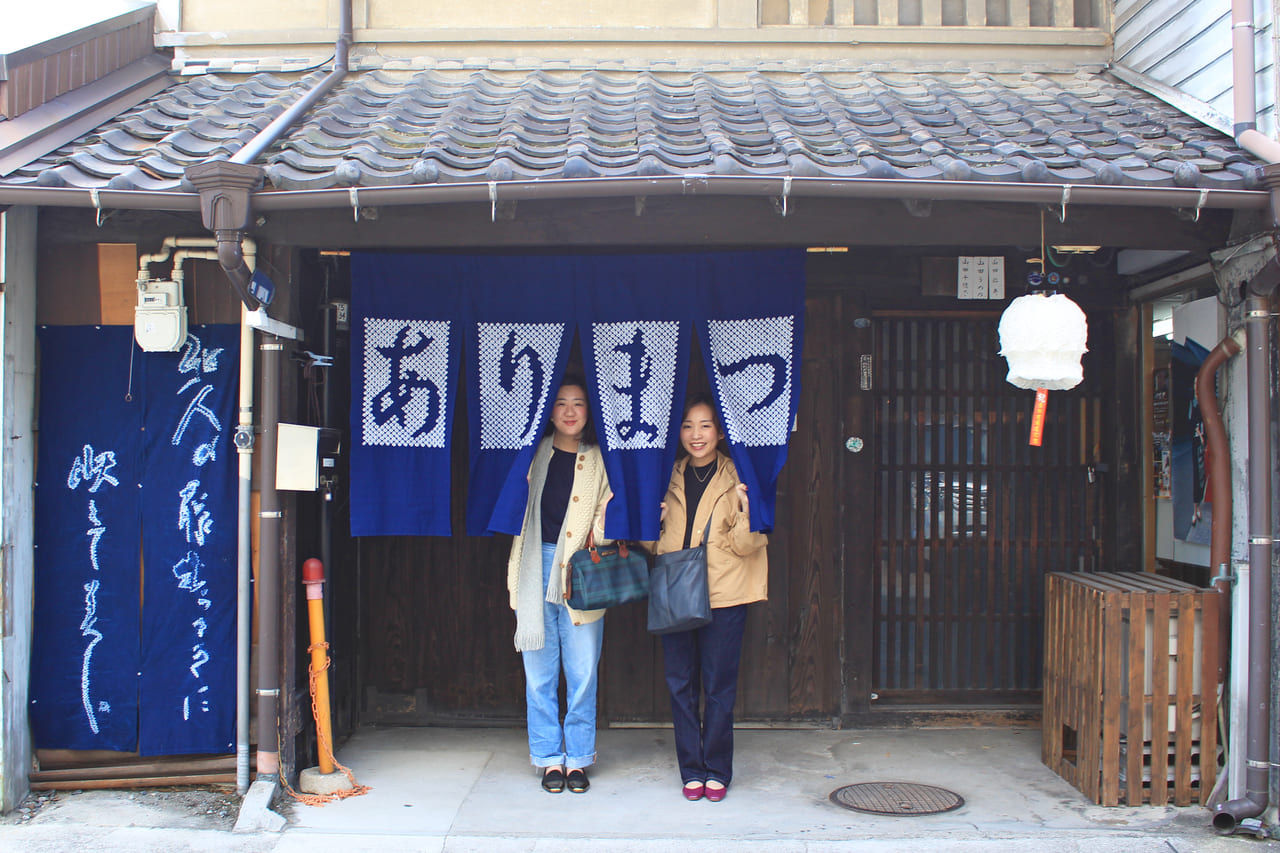

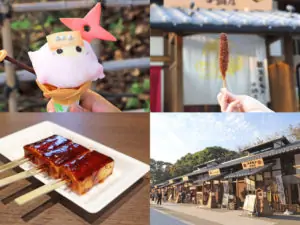



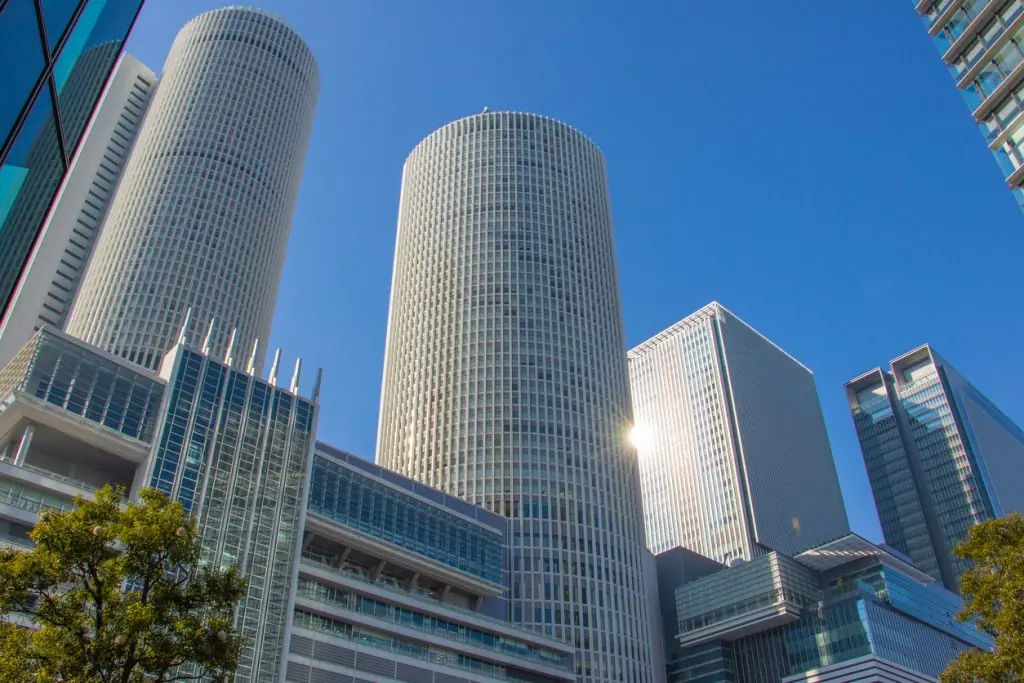
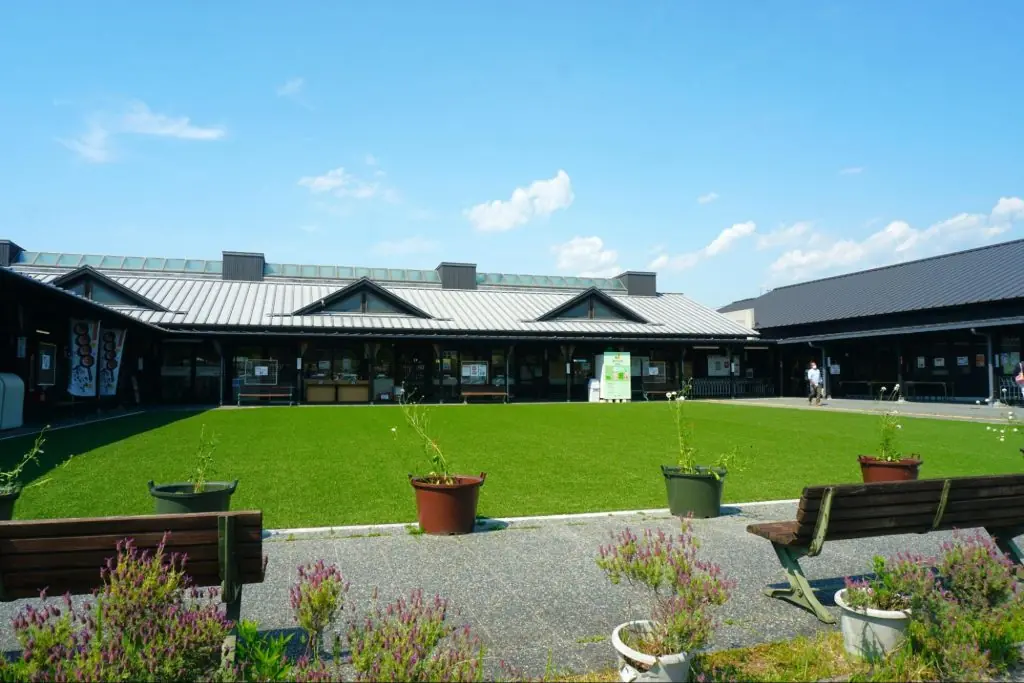
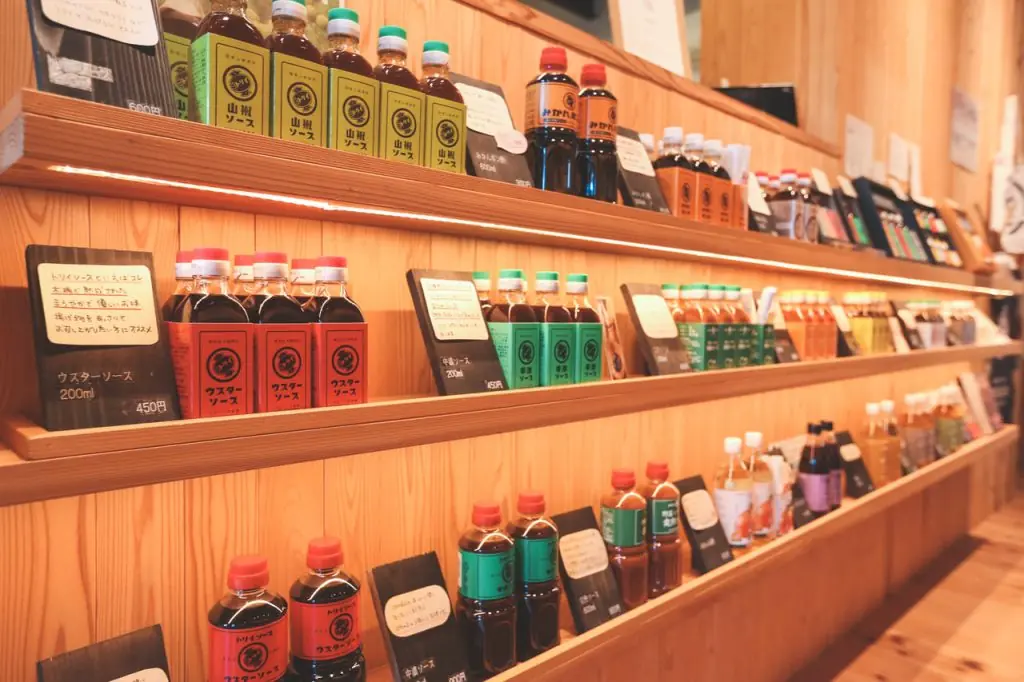
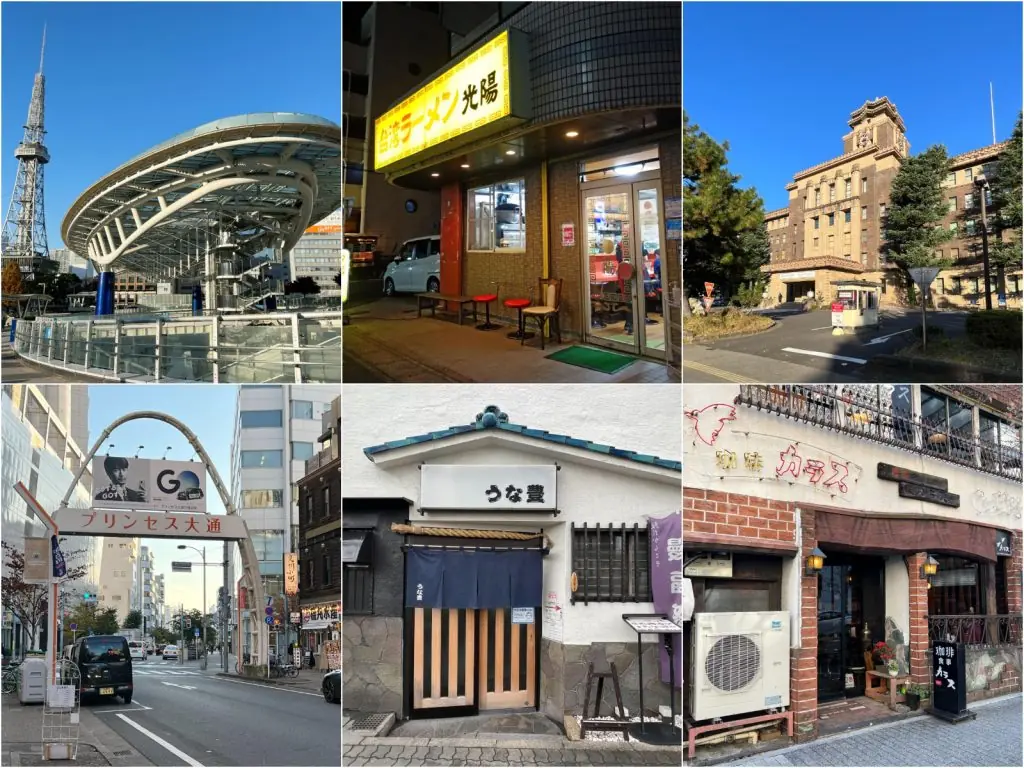

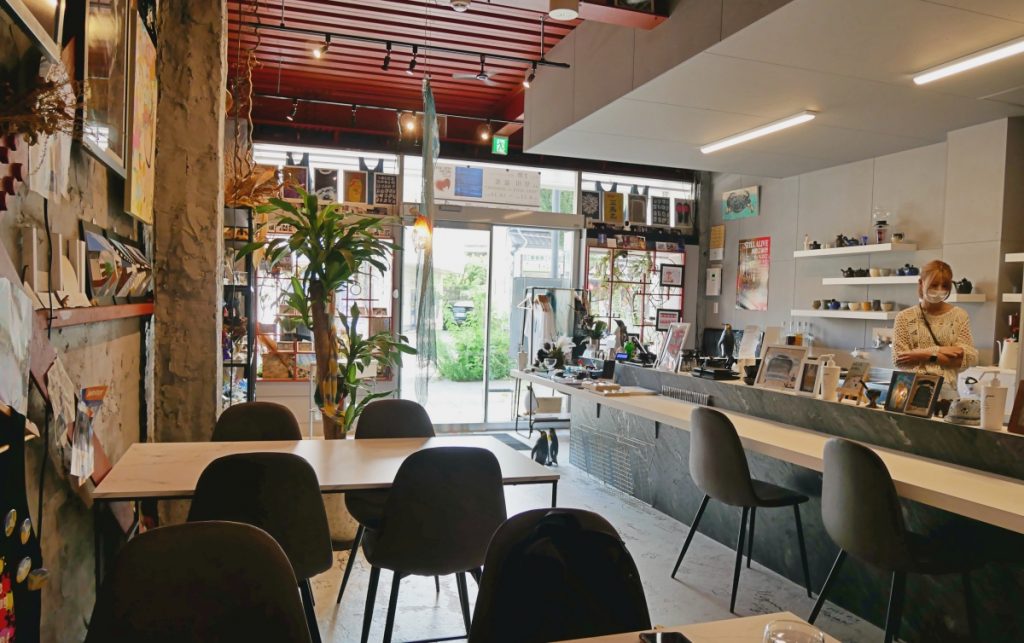


![[Indoor Facilities] Where to Go on Rainy Days in Tokai Area! For Family Outings!](https://life-designs.jp/wp/wp-content/uploads/2023/07/FotoJet-23.jpg)





![[Tokai Area] Place to Go on Rainy Days!](https://life-designs.jp/wp/wp-content/uploads/2022/03/f76405aaa33944a4ba88a131fbc56523-768x435.png)
![[Enjoy Kuwana! ] From Classic to the Latest Spots](https://life-designs.jp/wp/wp-content/uploads/2022/11/Kuwana_w1920x1088-1-768x435.png)
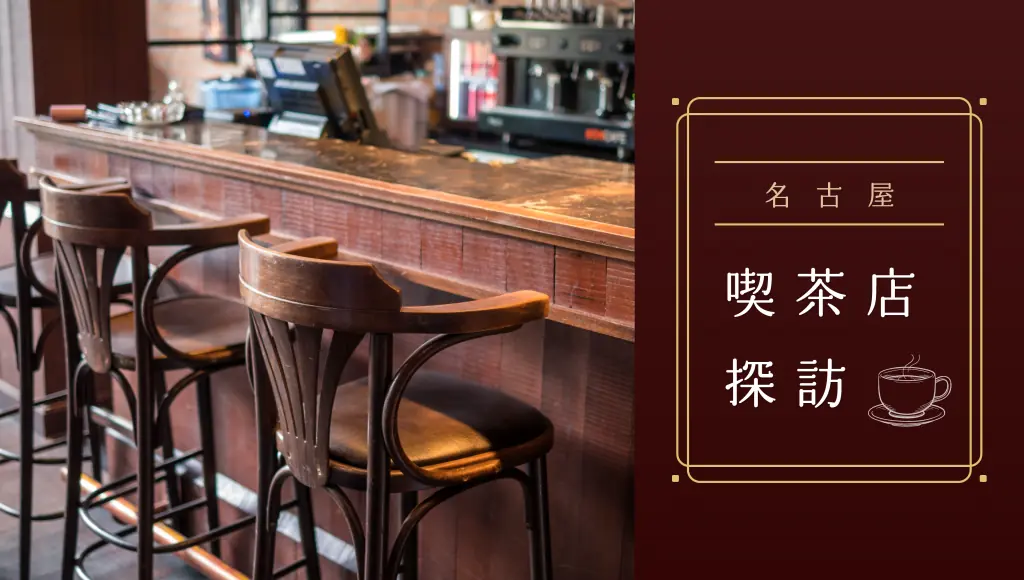
![[Osu Special Feature] A City of History and Uniqueness](https://life-designs.jp/wp/wp-content/uploads/2022/03/01_Osu-1-1024x580.png)
![[Special Feature] Enjoy Your Day at a Park!](https://life-designs.jp/wp/wp-content/uploads/2019/12/LD_banner_w1920x1088_park-1-1024x580.jpg)
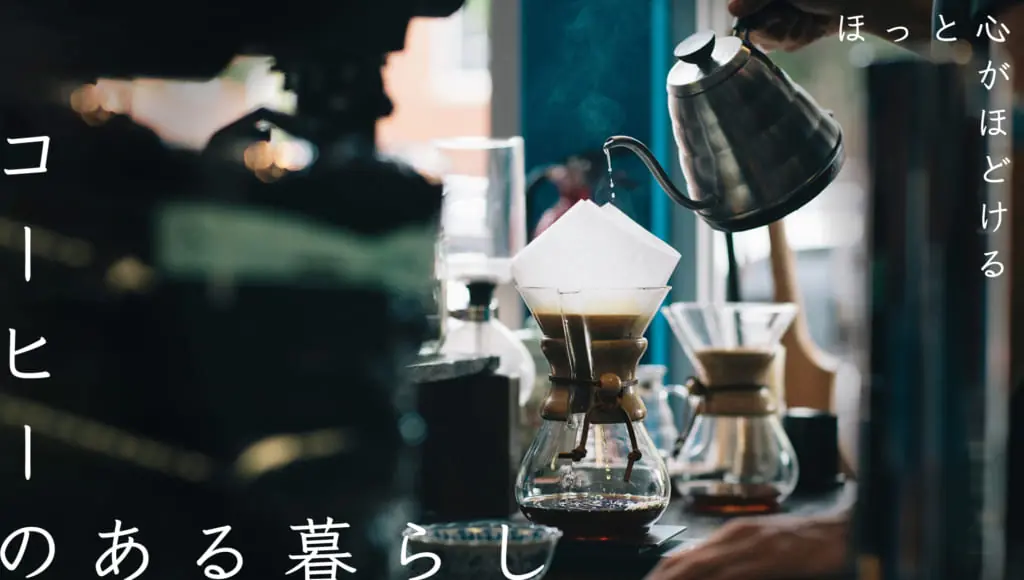
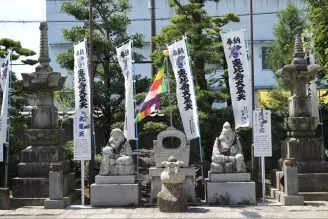
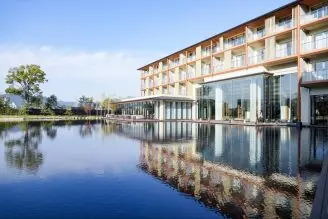


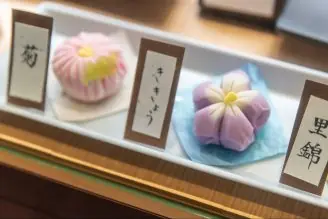
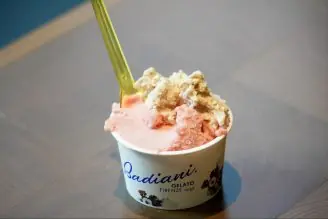


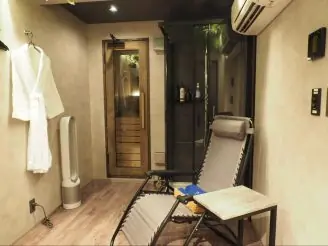





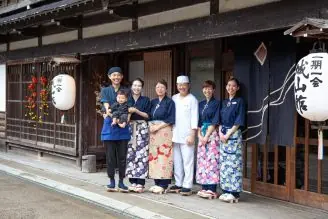


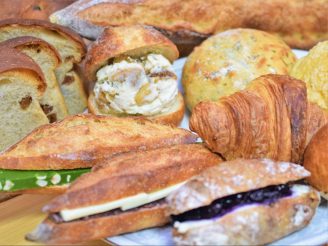



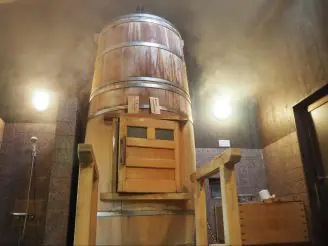
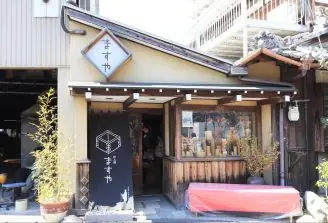
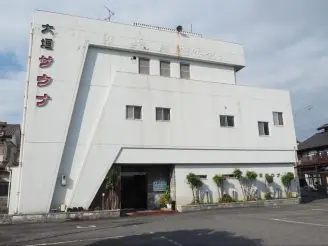
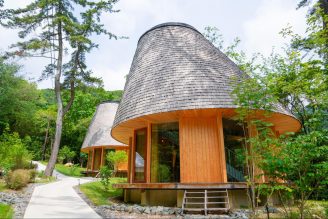

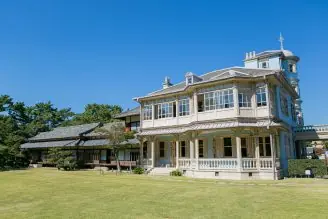


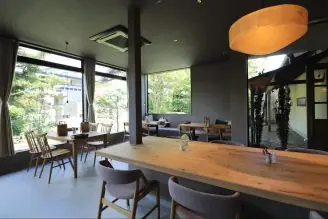


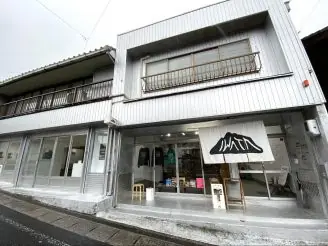
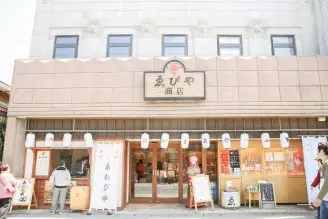
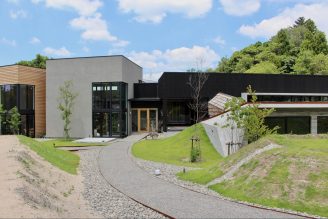
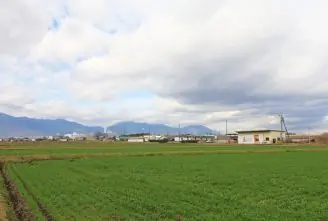




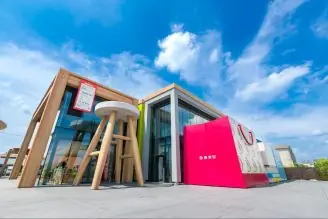


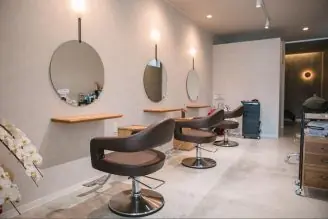


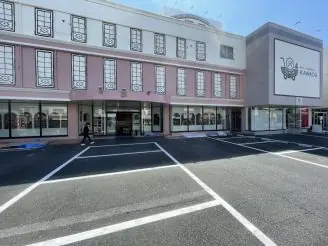
![[Indoor Facilities] Where to Go on Rainy Days in Tokai Area! For Family Outings!](https://life-designs.jp/wp/wp-content/uploads/2023/07/FotoJet-23-1024x768.jpg)
![[28 selections] I want to get it when I go to Ghibli Park! Recommended goods & souvenirs (Ghibli’s Grand Warehouse edition)](https://life-designs.jp/wp/wp-content/uploads/2023/07/07bb34f30842ccc4c6412fc060e1966c-1024x683.jpg)
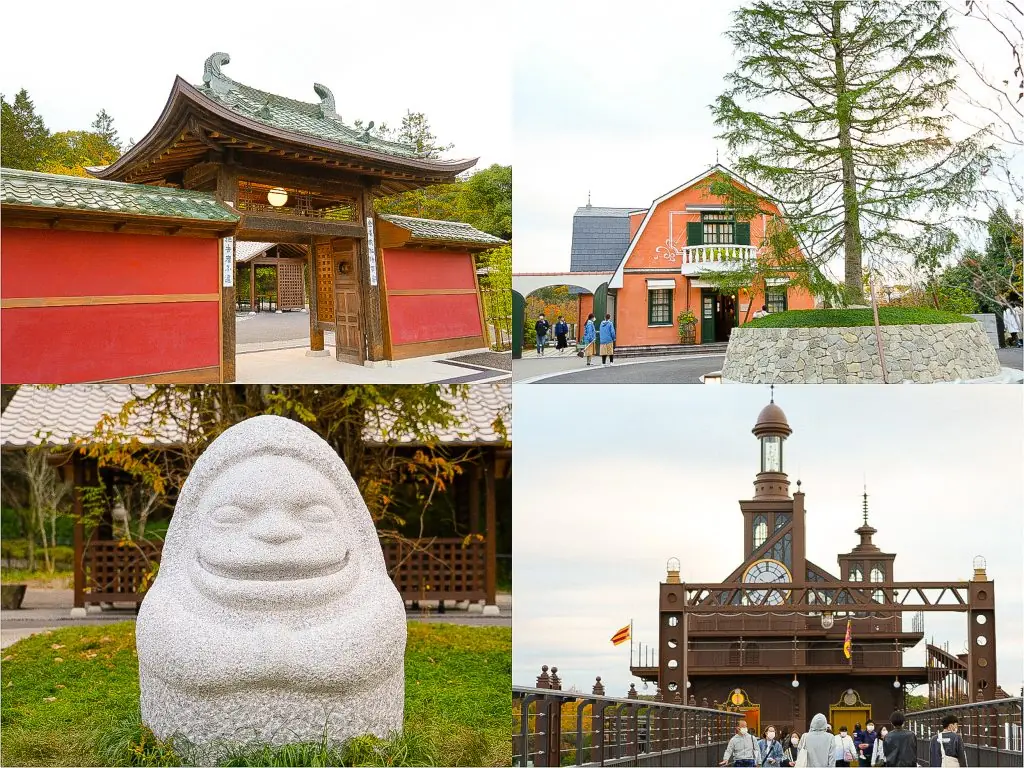
![[9 Selections] Summary of Retro Coffee Shops in Nagoya](https://life-designs.jp/wp/wp-content/uploads/2021/11/image1-30-1024x683.jpg)
![[Aichi, Gifu, Mie] 30 Family-Friendly Spots to Go in Winter!](https://life-designs.jp/wp/wp-content/uploads/2019/12/image21-1-768x543.png)
![[Within 2hrs by Car] 12 Outing Areas where You can Go on a Day Trip from Nagoya!](https://life-designs.jp/wp/wp-content/uploads/2023/07/odekake12_w1200h900_20240422-328x246.png)

![[Nagoya, Aichi] Recommended Shops to Buy Tablewares around Nagoya](https://life-designs.jp/wp/wp-content/uploads/2019/11/image12-26-150x100.jpg)
